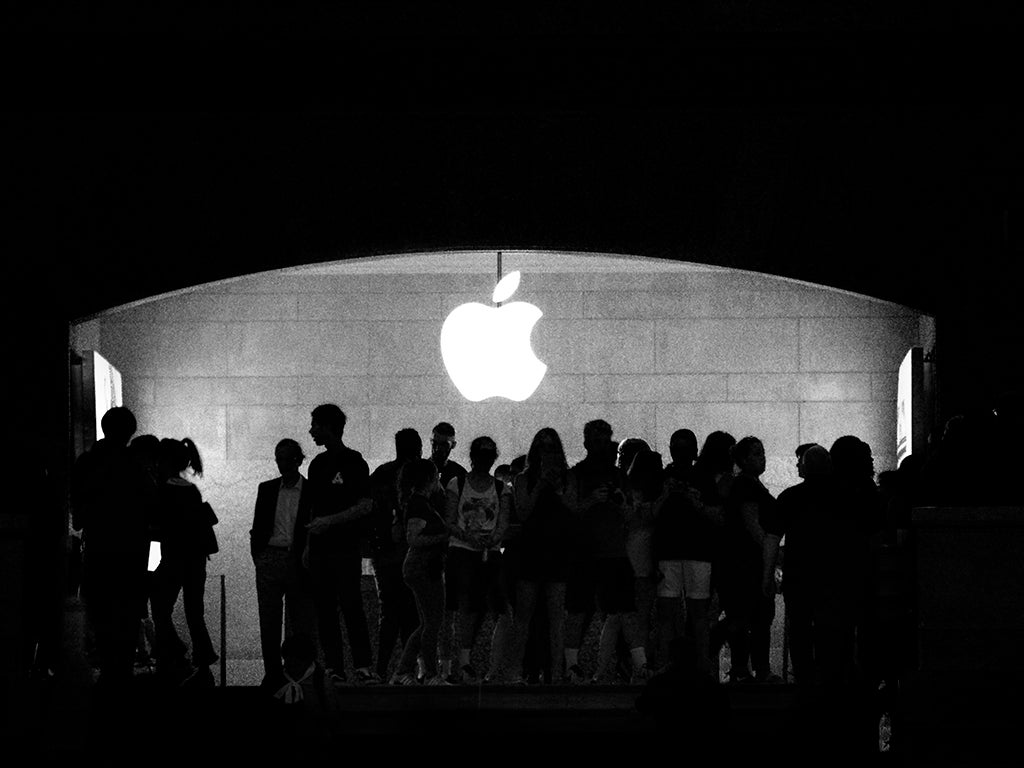
When the first iPhone went on sale in Britain in November 2007 you could buy one for £269; if the price of Apple’s phones had risen in line with inflation over the following 14 years the company’s latest model, the iPhone 13, would have been sold for £367 last autumn.
Instead, it cost nearly twice as much. The iPhone 13 mini started at £679 and the 13 Pro model cost at least £949. Even the cheaper iPhone SE cost £419. This is before the cost of the data services used to connect the phone, and the finance used to pay for it. On the best-selling contract offered by the UK’s biggest mobile network, EE, an iPhone 13, with data and finance, amount to £1,614 over two years. The most expensive iPhone, the 13 Pro Max, can cost as much as £2,792 over two years.
This extraordinary price inflation reflects Apple’s dominance of the premium smartphone market and the degree to which its devices have become embedded in 21st-century life. As pressures…









































